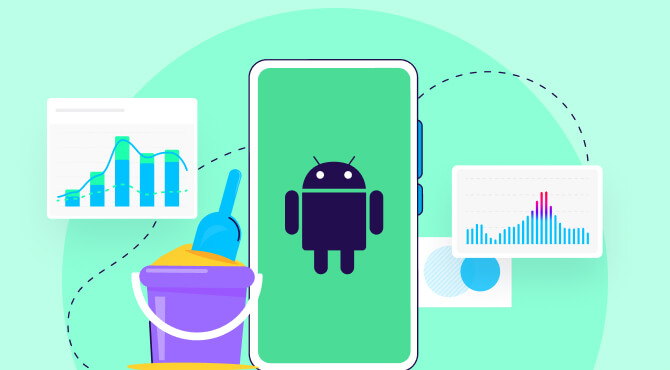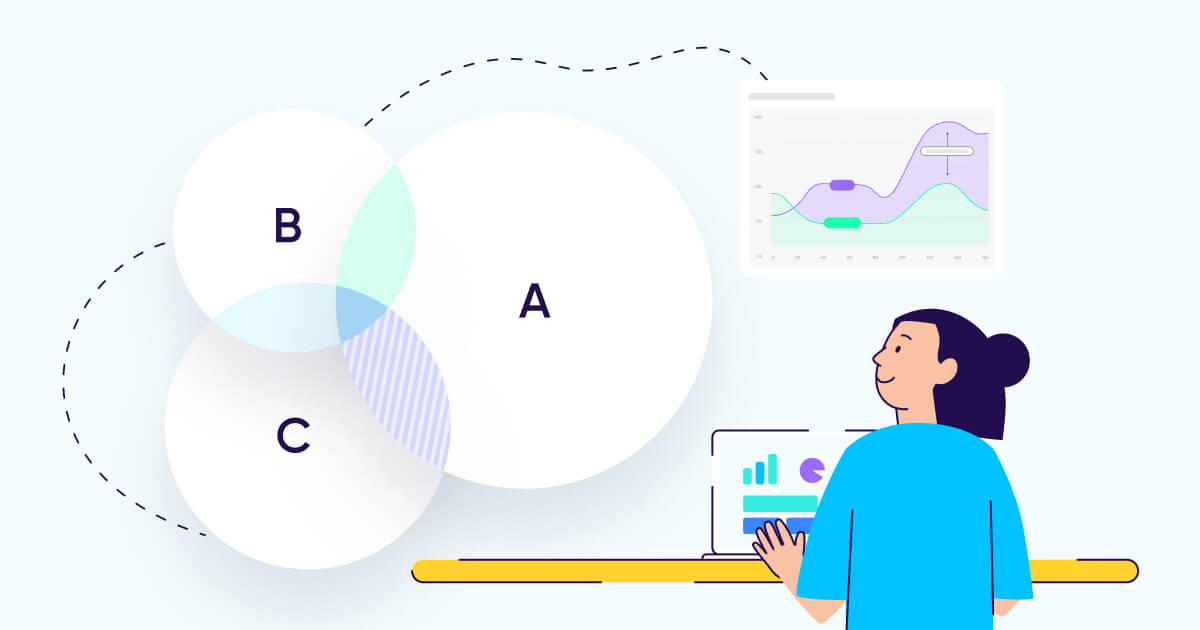The Topics API is a key feature of Android’s Privacy Sandbox, aimed at enhancing user privacy while enabling personalized advertising. This API identifies broad interest categories, known as “topics,” based on a user’s app usage over time. Instead of tracking individual users across multiple apps, the Topics API aggregates user interests into a predefined set of categories like sports, travel, or technology. These topics help advertisers deliver relevant ads without needing access to detailed personal data.
Topics are periodically updated to ensure they reflect the user’s current interests, and this data is stored on the user’s device, maintaining high privacy standards. By leveraging the Topics API, advertisers can continue to target ads effectively while respecting user privacy and limiting data sharing across apps. This approach balances the need for personalized advertising with the growing demand for user data protection.












